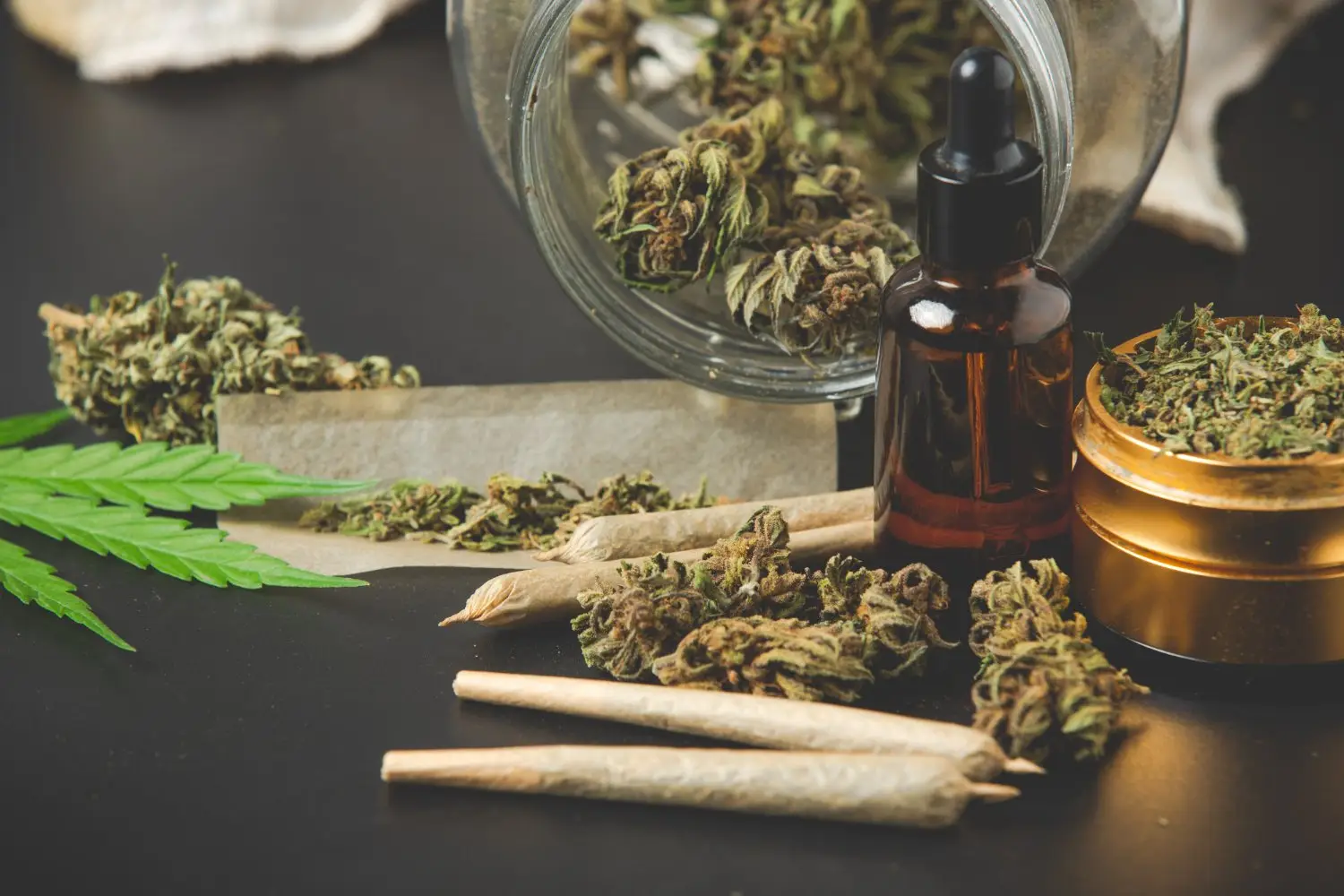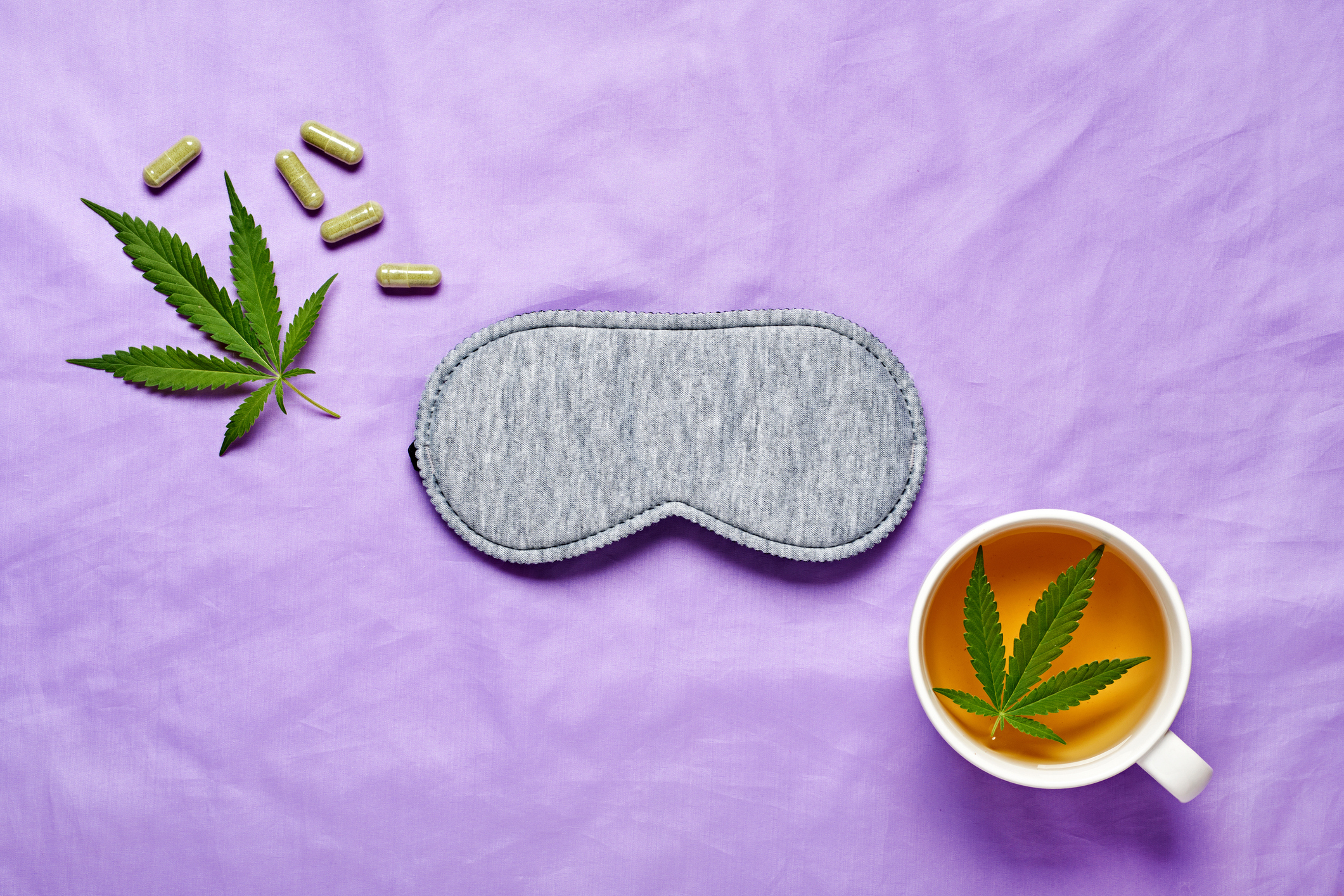Navigating the world of cannabis can be daunting, especially with a plethora of terms like “TAC” floating around. If you’ve ever found yourself wondering what TAC means and how it ties into the high you experience, you’re not alone. Moreover, distinguishing between TAC vs THC can add to the confusion. But fret not, as we’re here to demystify these concepts and delve into their significance in the realm of cannabis, with a particular emphasis on the products offered by Herbwell Cannabis.
What is TAC?
TAC stands for “Total Active Cannabinoids.” It’s a way of measuring the combined concentration of cannabinoids present in a cannabis product, typically expressed as a percentage of the total weight. These cannabinoids include THC (tetrahydrocannabinol), which produces the psychoactive effects commonly associated with cannabis, as well as other compounds like CBD (cannabidiol) and various lesser-known cannabinoids.
When you see the TAC listed on a cannabis product label, it gives you a comprehensive understanding of its potency, taking into account all the cannabinoids it contains. This information helps consumers gauge what effects to expect and how strong the product may be.
What is THC?
THC, short for Tetrahydrocannabinol, stands as the primary cannabinoid commonly present in cannabis plants. Known for its psychoactive effects, often referred to as feeling “high,” THC-rich strains of cannabis are celebrated for their ability to induce specific sensations such as euphoria, relaxation, or creativity. However, the effects experienced can vary due to the presence of additional active compounds within the plant.
When consumed, cannabinoids interact with receptors and systems in the body, influencing various physiological processes. It’s important to note that the cannabinoids present in the plant may undergo transformations over time. For instance, THC becomes psychoactive only after tetrahydrocannabinolic acid (THCA) is heated and decarboxylated. Through this process, THCA converts into THC, leading to the desired effects upon consumption.
Merely focusing on THC levels might not provide a complete understanding of a product or strain’s potency and effects. This is where Total Active Cannabinoids (TAC) comes into play, offering a more comprehensive perspective on the product’s overall strength and potential effects.
TAC vs THC: What’s the Difference
1. Definition and Scope
Total Active Cannabinoids (TAC):
- Definition: TAC represents the total percentage of all active cannabinoids present in a cannabis product. This includes a broad spectrum of compounds such as THC, CBD, CBG, CBN, and others, giving a more comprehensive view of the product’s cannabinoid profile.
- Scope: By encompassing the entire range of cannabinoids, TAC provides a holistic measure of the product’s potential effects, highlighting the collective impact of all active ingredients.
Tetrahydrocannabinol (THC):
- Definition: THC, or tetrahydrocannabinol, is a specific cannabinoid known for its psychoactive properties. It is the most well-known and researched cannabinoid, primarily responsible for the “high” associated with cannabis use.
- Scope: Unlike TAC, THC focuses on a single compound within the cannabis plant. While important, it does not account for the potential synergistic effects of other cannabinoids.
2. Effect on the Body
TAC:
- Comprehensive Impact: TAC offers a broader understanding of the potential effects of a cannabis product. Since it includes all active cannabinoids, TAC can provide insights into how these compounds might interact and contribute to the overall experience.
- Entourage Effect: The various cannabinoids in TAC can work together to produce the “entourage effect,” where the combined effect of multiple cannabinoids is greater than the sum of their individual effects. This can lead to a more balanced and nuanced experience.
THC:
- Psychoactive Influence: THC is primarily responsible for the psychoactive effects of cannabis. It binds to CB1 receptors in the brain, producing the “high” sensation commonly associated with marijuana.
- Modulation by Other Cannabinoids: While THC is the main psychoactive agent, other cannabinoids included in TAC can modulate or enhance its effects. For instance, CBD is known to counteract some of THC’s psychoactive properties, potentially leading to a more balanced experience.
3. Measurement and Labeling
TAC:
- Labeling for Comprehensiveness: Cannabis products are often labeled with their TAC to inform consumers about the overall cannabinoid content. This provides a more comprehensive picture of what the product contains and its potential effects.
- Consumer Awareness: By indicating TAC, consumers can better understand the full range of active ingredients in a product, helping them make more informed choices based on their desired effects and experiences.
THC:
- Prominent Labeling: THC levels are prominently displayed on cannabis product labels, especially in recreational markets. This is because THC is a key indicator of the product’s psychoactive strength and is a major factor in consumer decision-making.
- Legal and Regulatory Importance: In many regions, the THC content of a cannabis product is crucial for regulatory compliance, with specific limits and guidelines in place to control the psychoactive potency of products available to consumers.
What is Tac in Weed: Exploring the Effects
The effects of TAC in weed can vary depending on the specific cannabinoid composition of the product. Generally, a higher TAC correlates with increased potency and stronger psychoactive effects due to elevated THC levels. This can lead to feelings of euphoria, relaxation, heightened sensory perception, and increased appetite.
However, individual responses to cannabis can differ significantly based on factors such as tolerance, metabolism, and personal preferences. Some users may find that lower TAC products better suit their needs, providing a more manageable experience with milder effects.
Does Tac Make You High?
Yes, TAC can make you high, but it depends on the specific cannabinoids and their concentrations in the product. Higher levels of THC are more likely to induce psychoactive effects and create a feeling of being “high” or euphoric.
However, products with lower THC levels and higher levels of CBD or other cannabinoids may produce milder psychoactive effects or none at all. Instead, they might provide therapeutic benefits such as pain relief, relaxation, and anxiety reduction without causing a noticeable high.
Conclusion
Understanding TAC—Total Active Cannabinoids—provides valuable insights into the potency and composition of cannabis products. While THC often steals the spotlight, TAC offers a holistic perspective by encompassing all active cannabinoids present. This knowledge empowers consumers to make informed choices about their cannabis consumption, whether seeking potent psychoactive effects or exploring therapeutic benefits. Herbwell Cannabis stands as a reliable brand in this landscape, offering high-quality products that cater to diverse preferences and needs. With TAC as a guiding metric, navigating the world of cannabis becomes more accessible and rewarding for enthusiasts and medical users a like.




